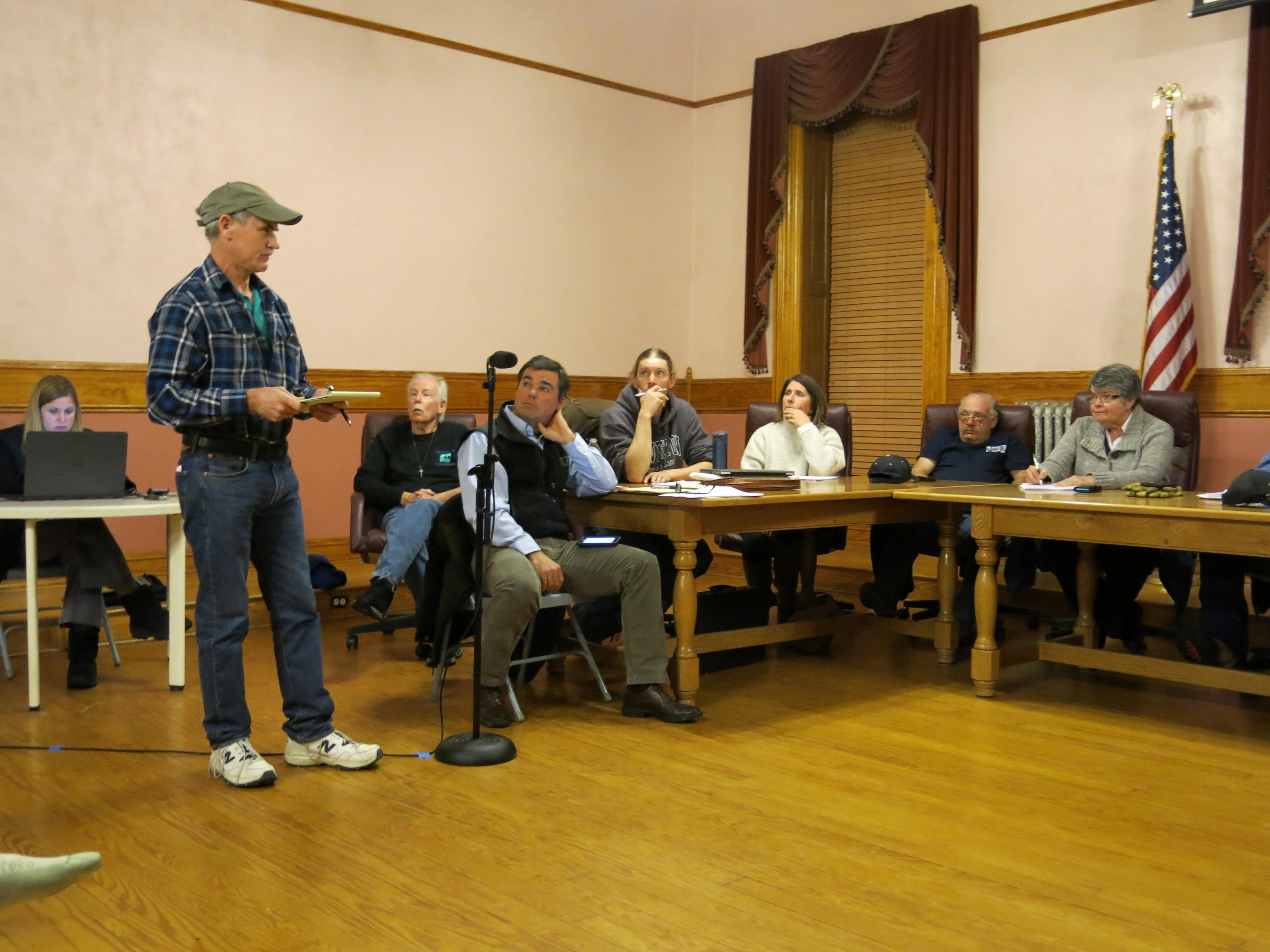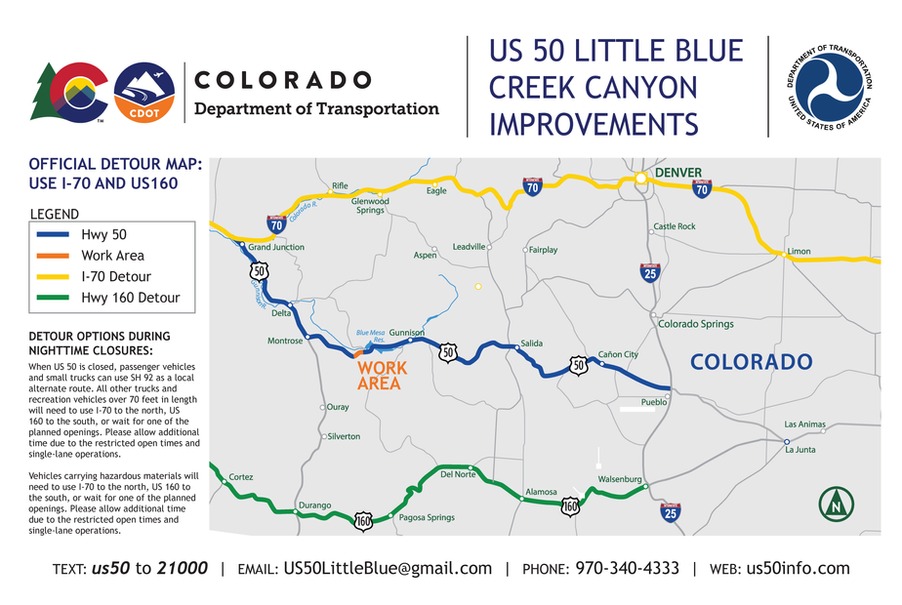
There are no easy answers when it comes to the clean-up of abandoned mines in the Silverton area. Town leaders could ask for Superfund designation and federal funding. The trouble is—that means relying on the same federal agency that accidentally sent 3 millions of gallons of orange waste into the Animas River.
Town leaders see a National Priorities Listing under Superfund as the most viable solution for clean-up. It could unlock access to millions in funding. But the same reasons the town resisted Superfund in the past are cropping up again. The possibility of federal money brings a whole new level of involvement from the government.
"We’re asking to be at the table when some of the decisions are being made," said San Juan County Commissioner Scott Fetchenhier. "So we can control our destiny, and use the expertise that’s here."
All the momentum was directed towards a Jan. 31 application deadline for a potential listing. But all that changed this week when Silverton leaders postponed a vote on Superfund, citing a letter of agreement that’s lacking in assurances from the EPA.
Controlling Silverton’s Destiny
Mining is what made Silverton in the early 20th century. Now it’s created nothing but trouble for the town of 600. Leaders have struggled for years on how to remove zinc and other minerals deposits from waterways. Nearby Cement Creek is so bad fish can’t live there.

Fetchenhier said when the EPA triggered the spill at the Gold King Mine, it brought a century of problems into focus. Instead of pursing Superfund in the past, the community has opted to work with the EPA on a piecemeal approach to fixing mines. That's why the EPA was up at the Gold King Mine last August. But now the spotlight is on Silverton to fix the problem once and for all.
"If we don’t ask for Superfund, someone else is going to ask for it," he said.
Town officials see a letter of agreement with the EPA on certain Superfund details as key to controlling their own destiny.
Silverton town attorney Jeff Robbins explained at a public meeting Tuesday night he’s negotiated for months with the EPA on this letter. The town is concerned about what name is used on the listing because it could impact the town’s reputation. The EPA and Silverton seemed to have settled on Baker Park Mining District, a nod to the historic name for the area.
Boundaries are another sticking point. Silverton leaders worry that if they’re drawn too close to the city property values could plunge. The Superfund area is expected to be outside of town. But it’s unknown whether the clean-up area would be relegated to just Cement Creek, of if it would include parts of the Animas River and Mineral Creek.
Getting that final letter of agreement with the EPA brought skepticism from the crowd Tuesday night. One resident called the idea "a fantasy."
When it was time for the public to talk, there was support for Superfund. Others were vehemently against it. One man was at the meeting to sell a proprietary mix of microbes for cleaning up that "love toxic stuff."

San Juan County resident Bruce Norquist says he’s worried about what Superfund could mean for the value of his property. But he doesn’t see any other answers.
"There’s no simple solution here. What it all comes down to is who’s got money, and who doesn’t," said Norquist.
Karla Pendleton is skeptical about Superfund because she doesn’t trust the EPA.
"If they hadn’t been up here, 3 million gallons of contaminated water would not have been coming down the Animas River," said Pendleton.
Seeking Assurances
When reached by phone, Assistant EPA Administrator of the Office of Land and Emergency Management Mathy Stanislaus said the agency has experience tackling complex clean-ups. Stanislaus said the outcome does provide a net economic and net environmental benefit for communities.
"The assurances that I can give is what we’ve done in the past," said Stanislaus.
But for every promise from the EPA, there are more questions. Silverton leaders get worried when they see how other Colorado Superfund projects have unfolded. For example, the town of Creede has been on the list for more than seven years. Residents there say clean-up has been slow going.
The whole picture makes you wonder whether Silverton could ever get the assurances it needs to move forward. That’s a question CPR News put to Commissioner Fetchenhier.
"Loaded question, it’s hard to answer," he said.
Silverton is still pressing forward with its application, and is seeking a deadline extension into mid-February. The earliest a site could be added to the List in this application cycle would be September 2016. That would launch a planning process that could take years to finalize before clean up could ever begin.









